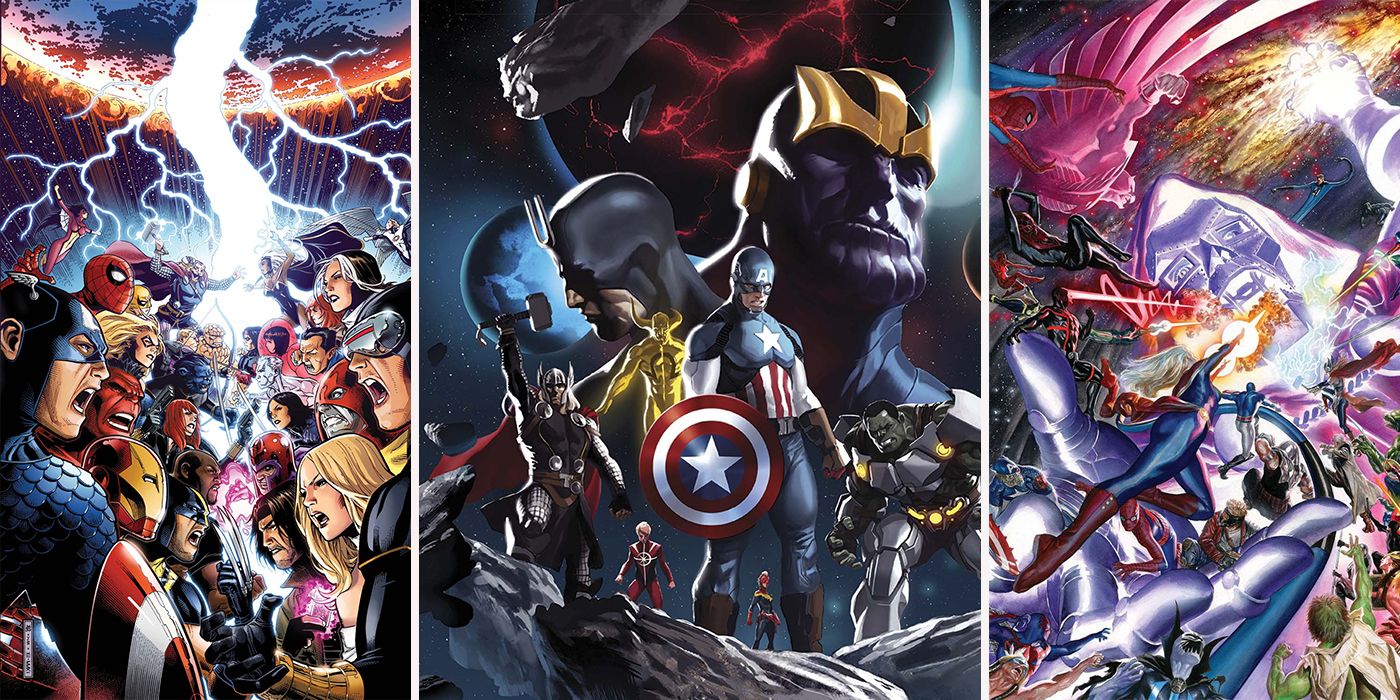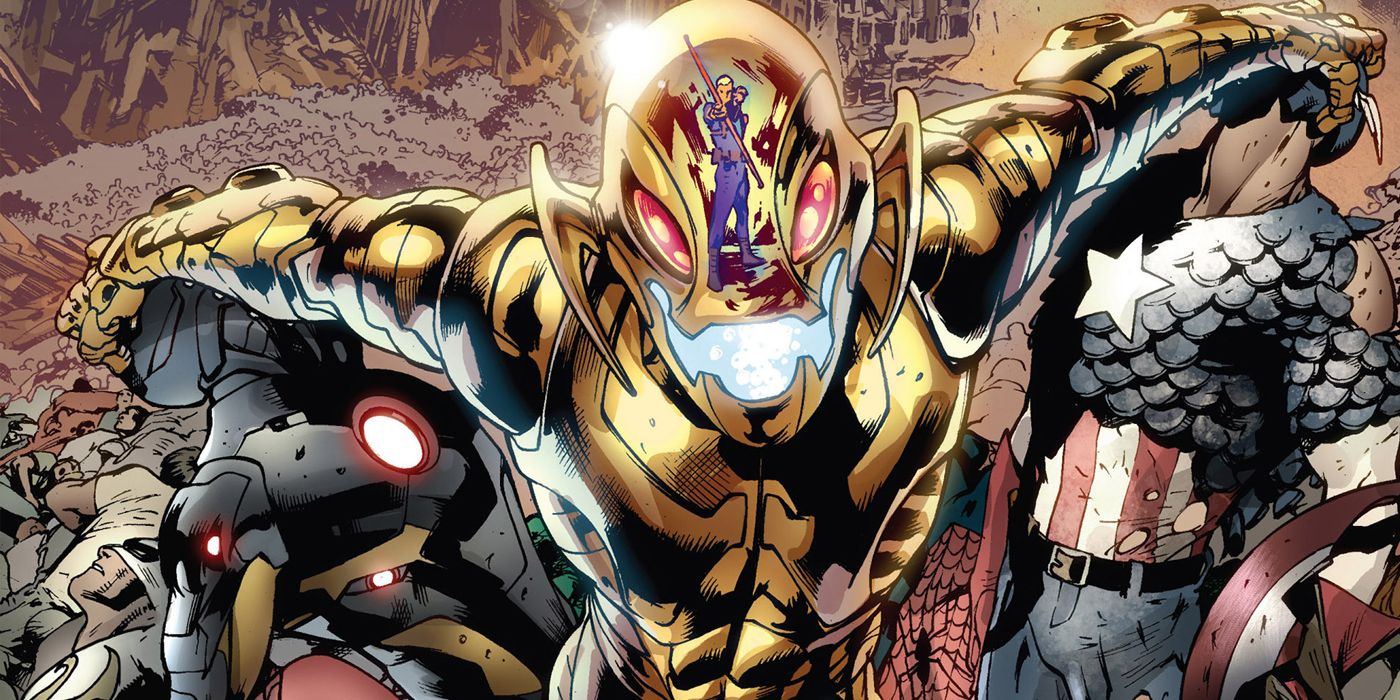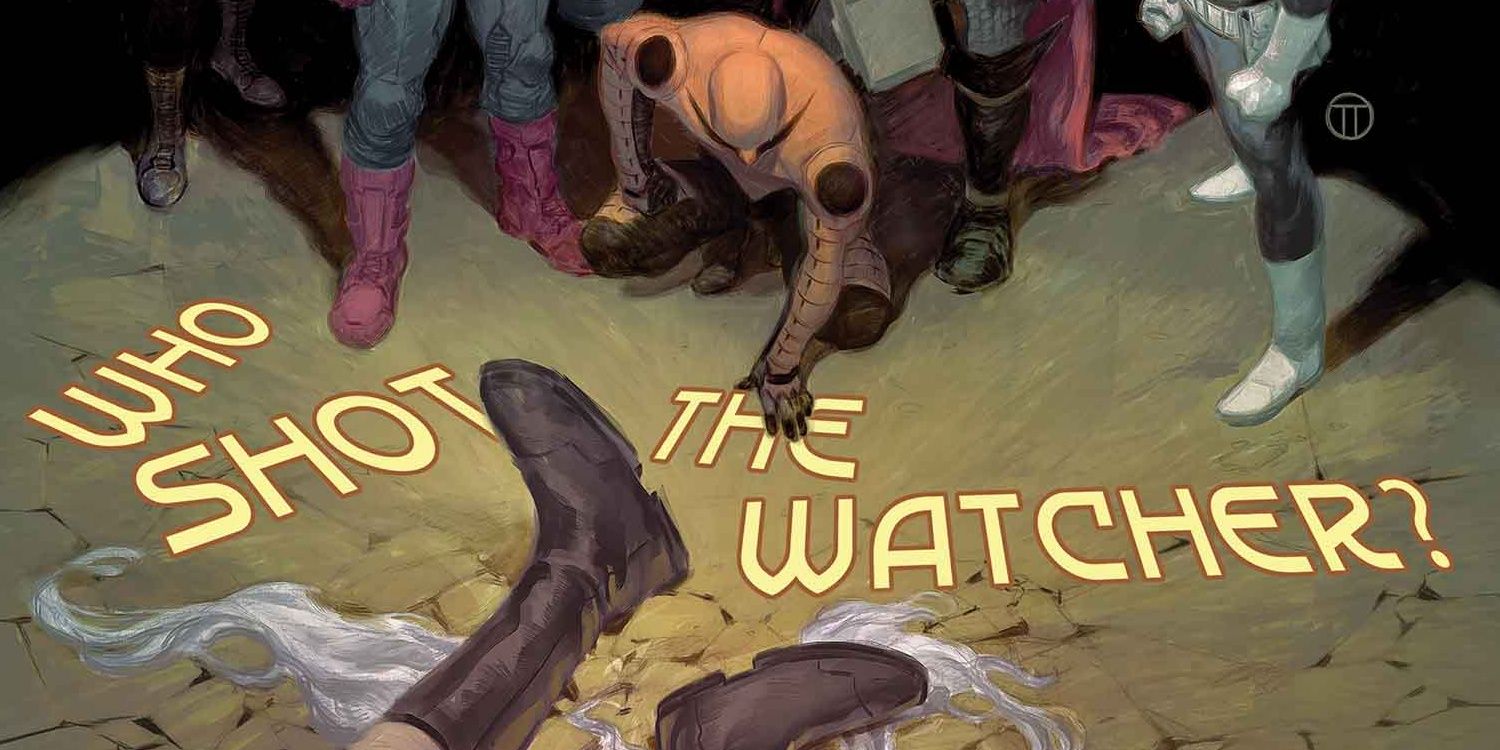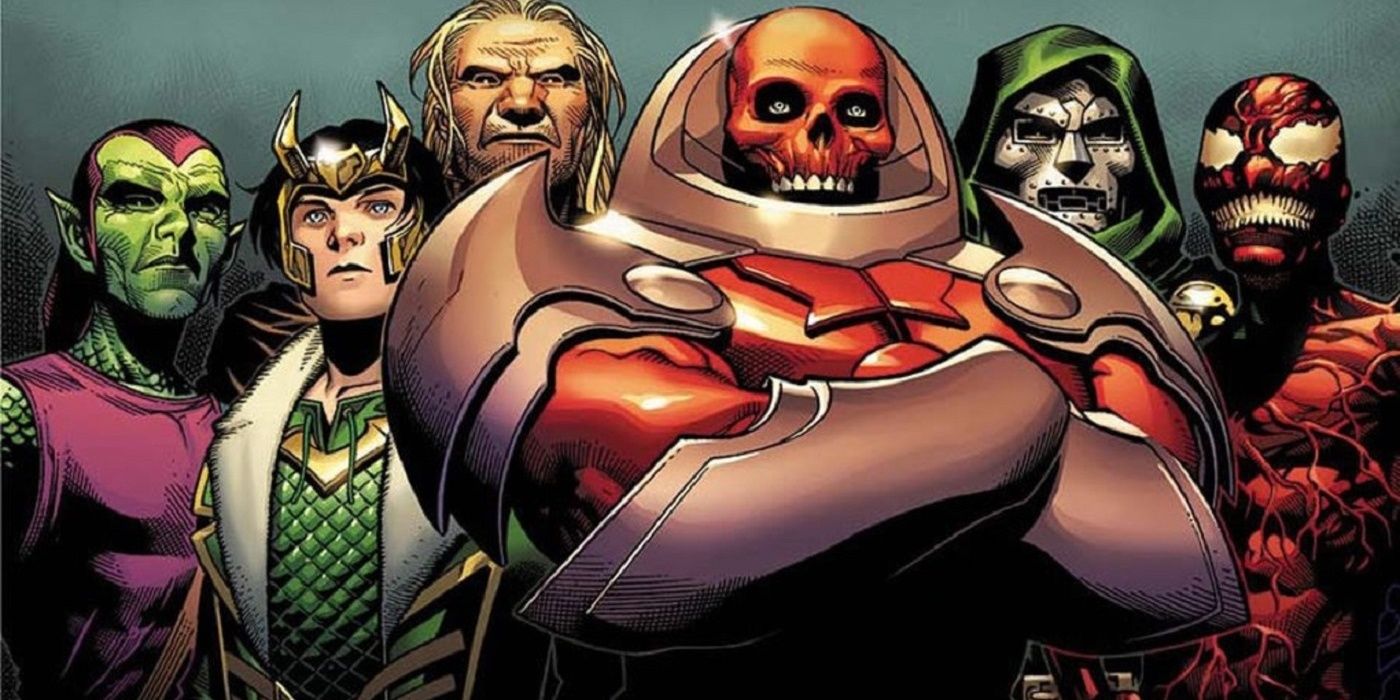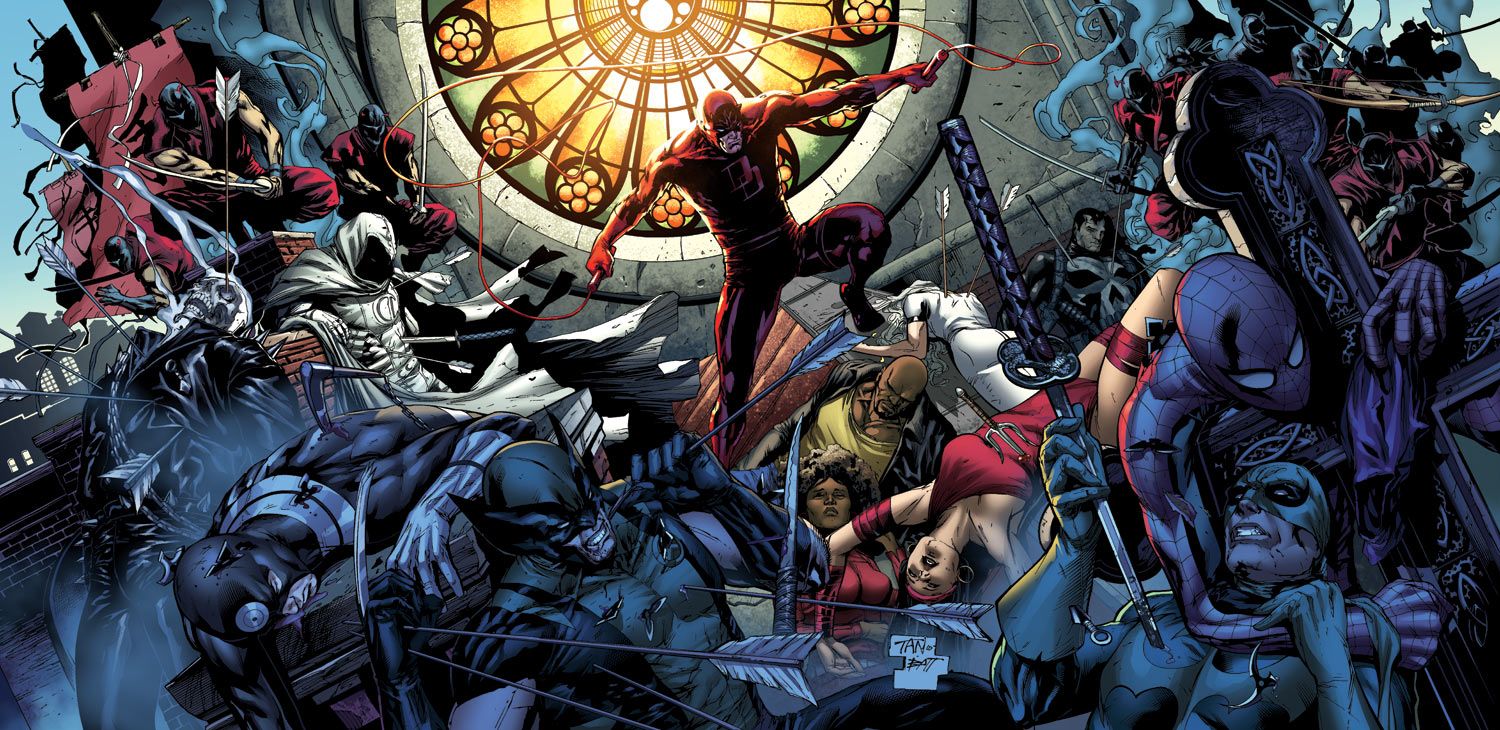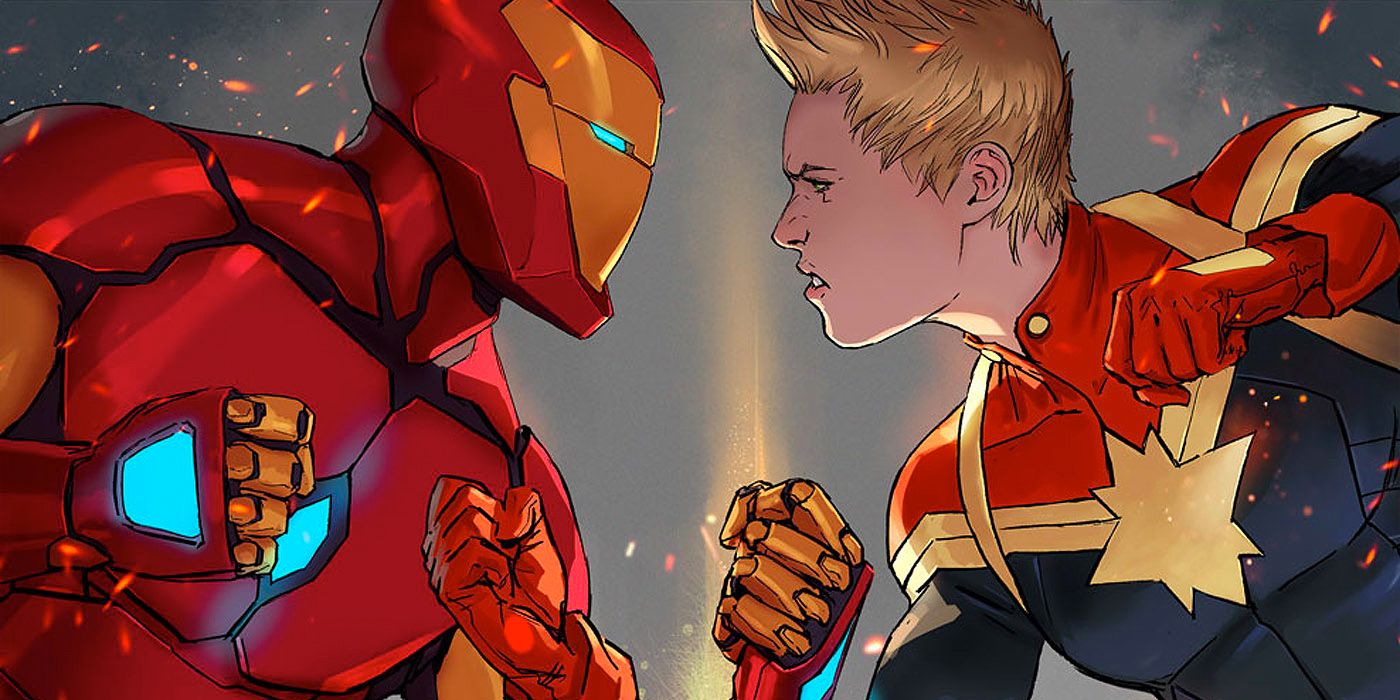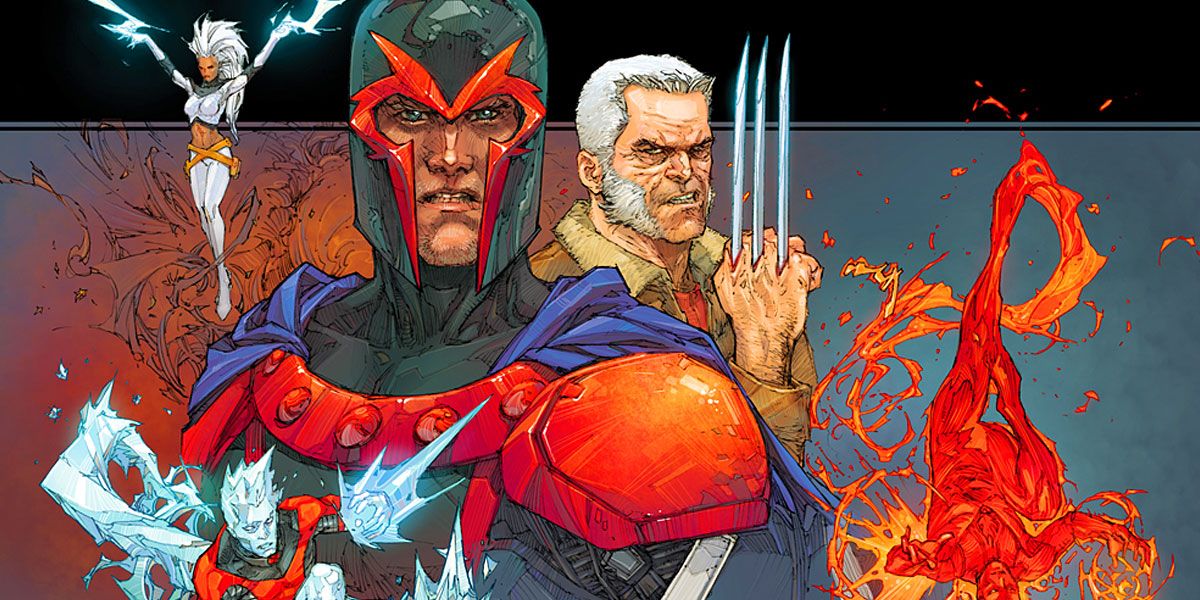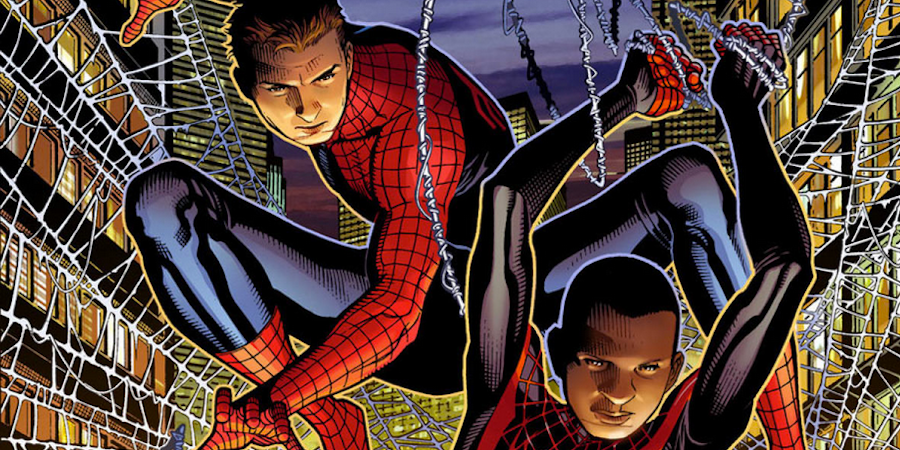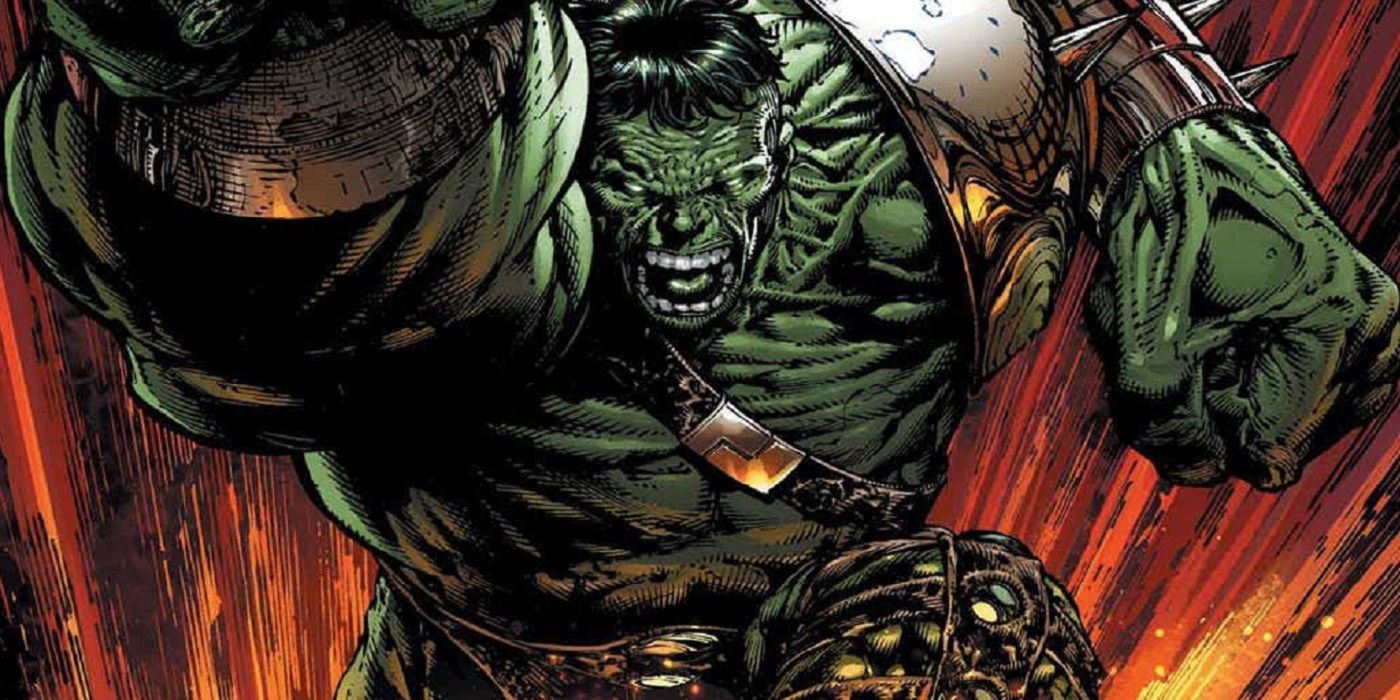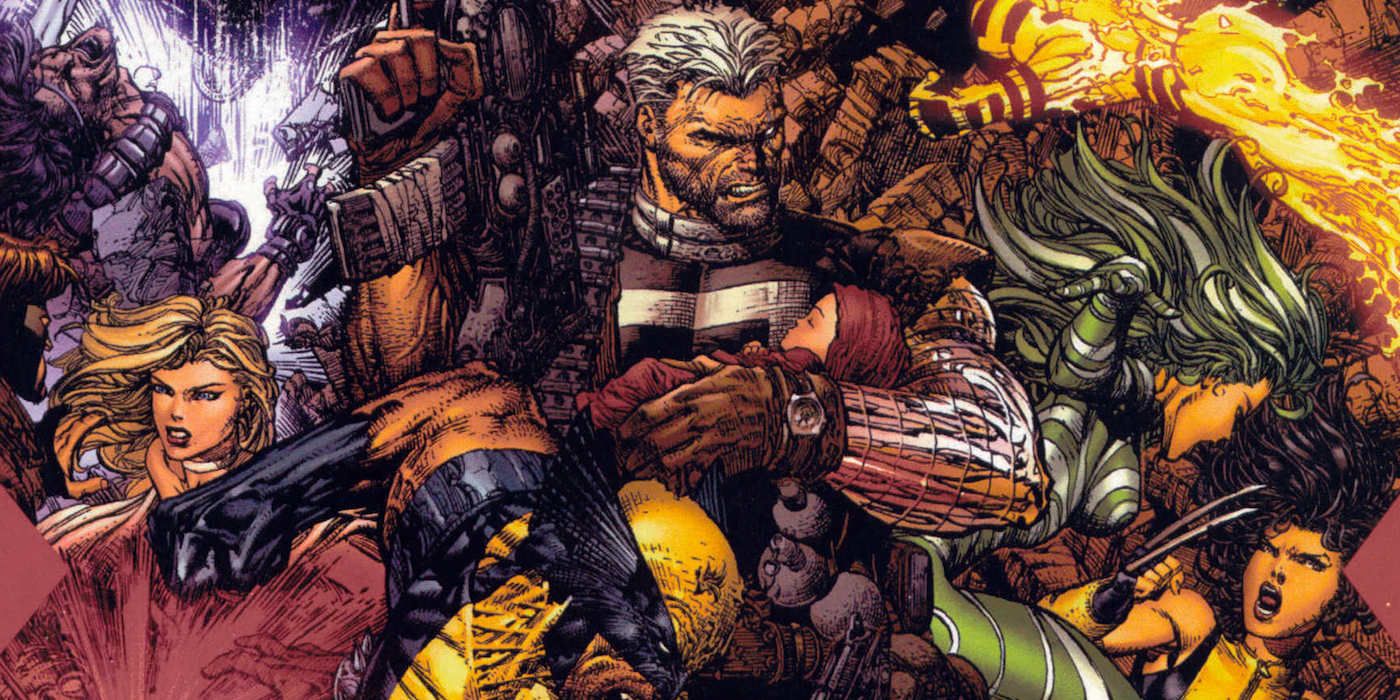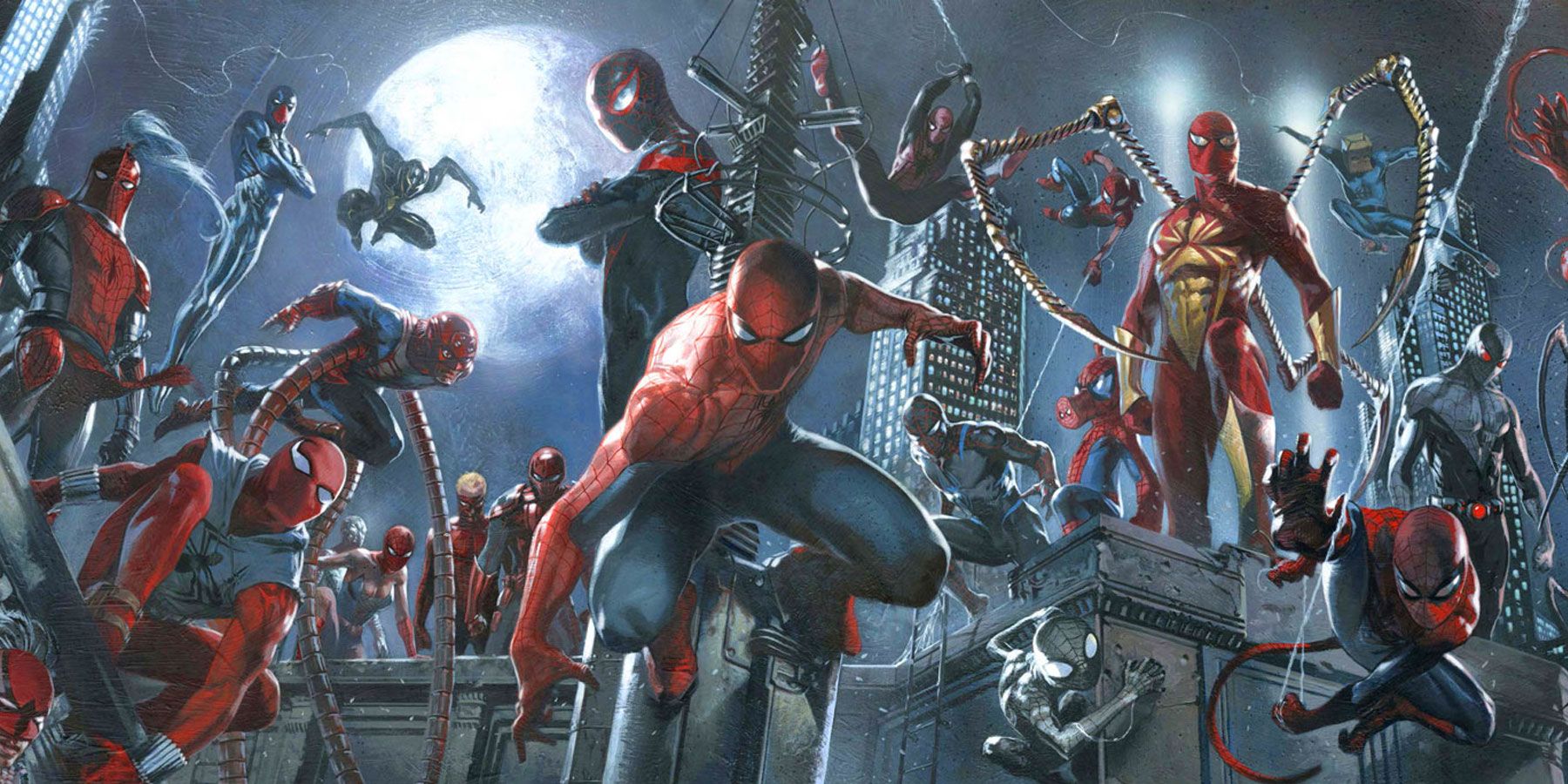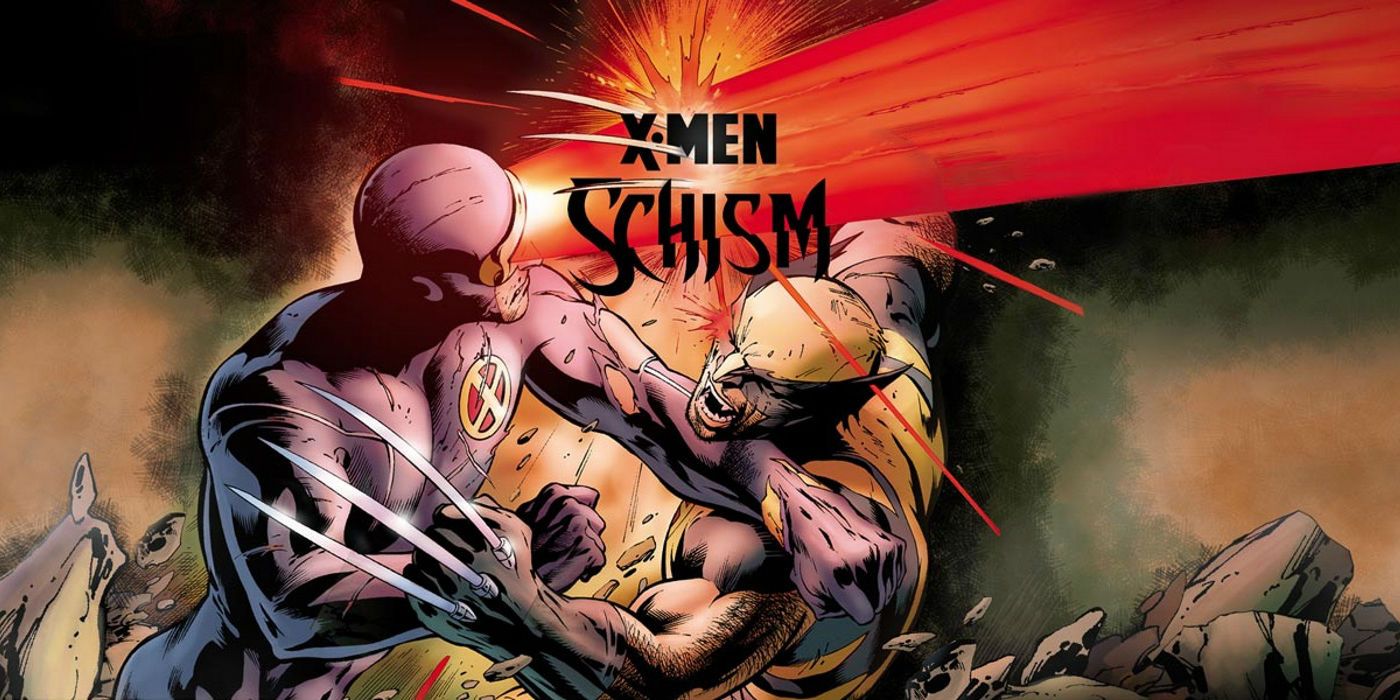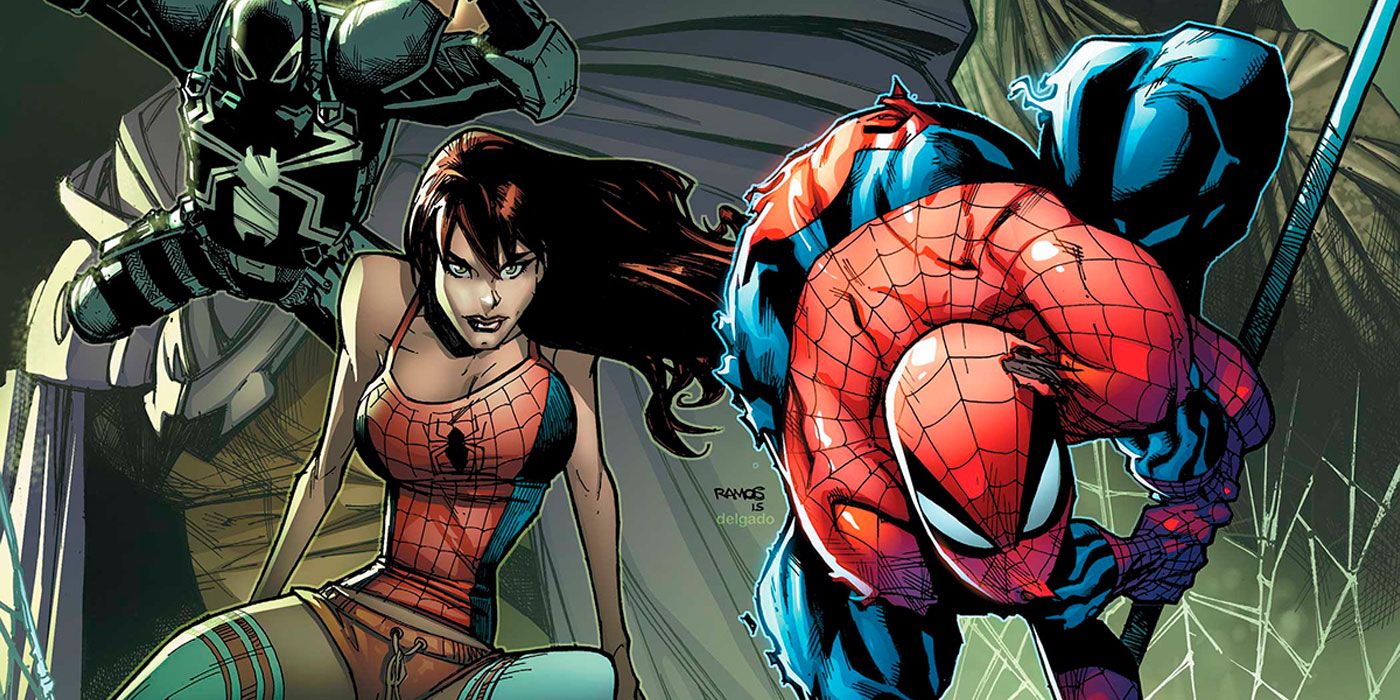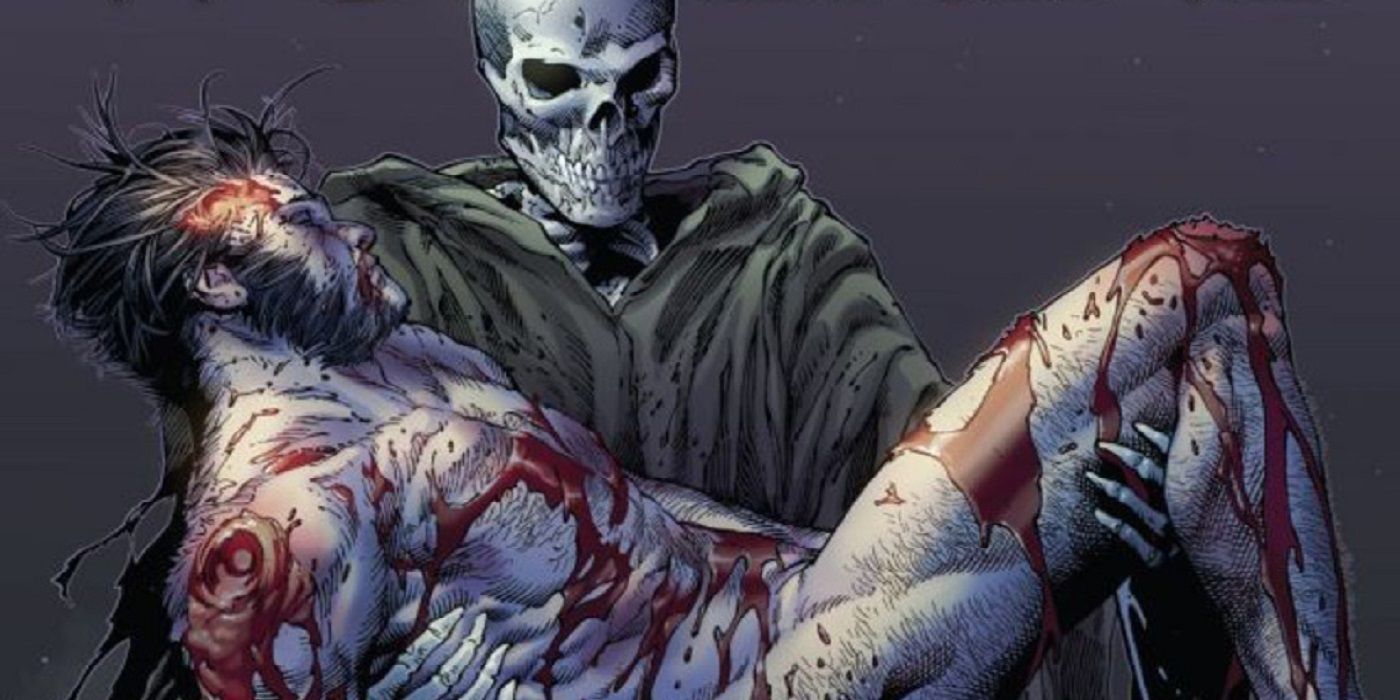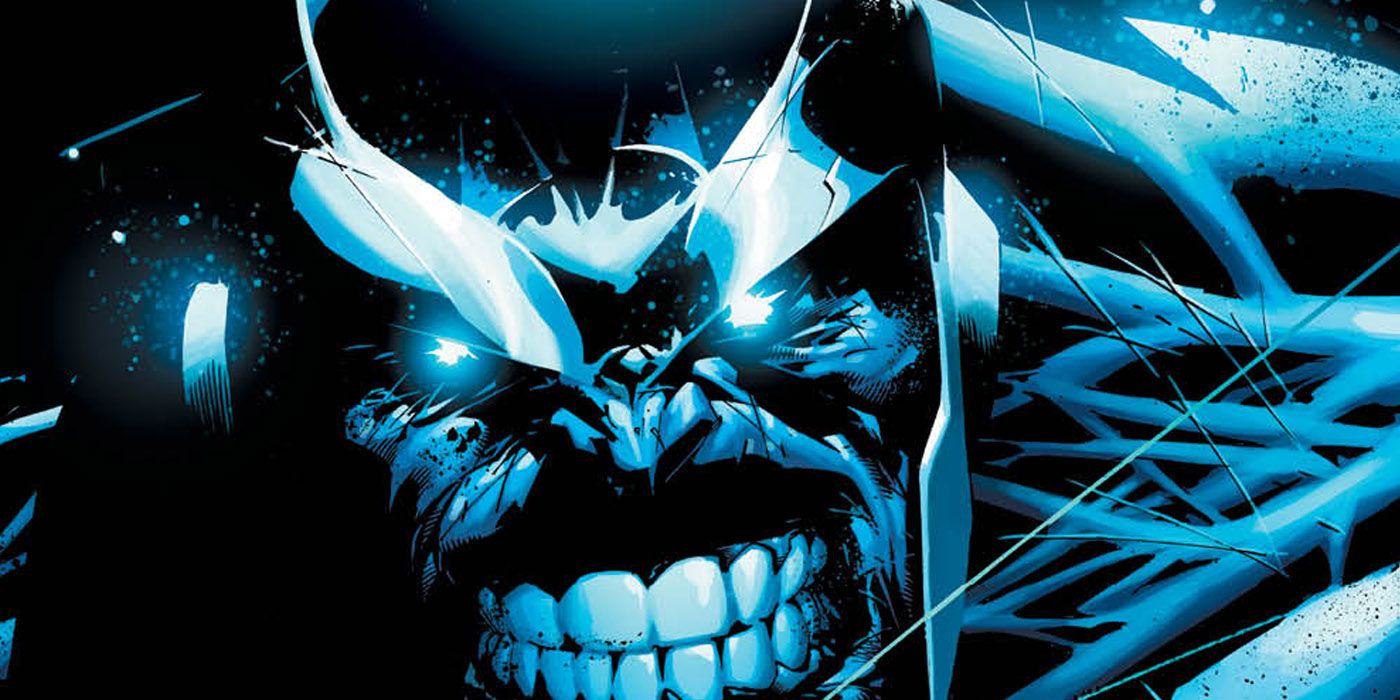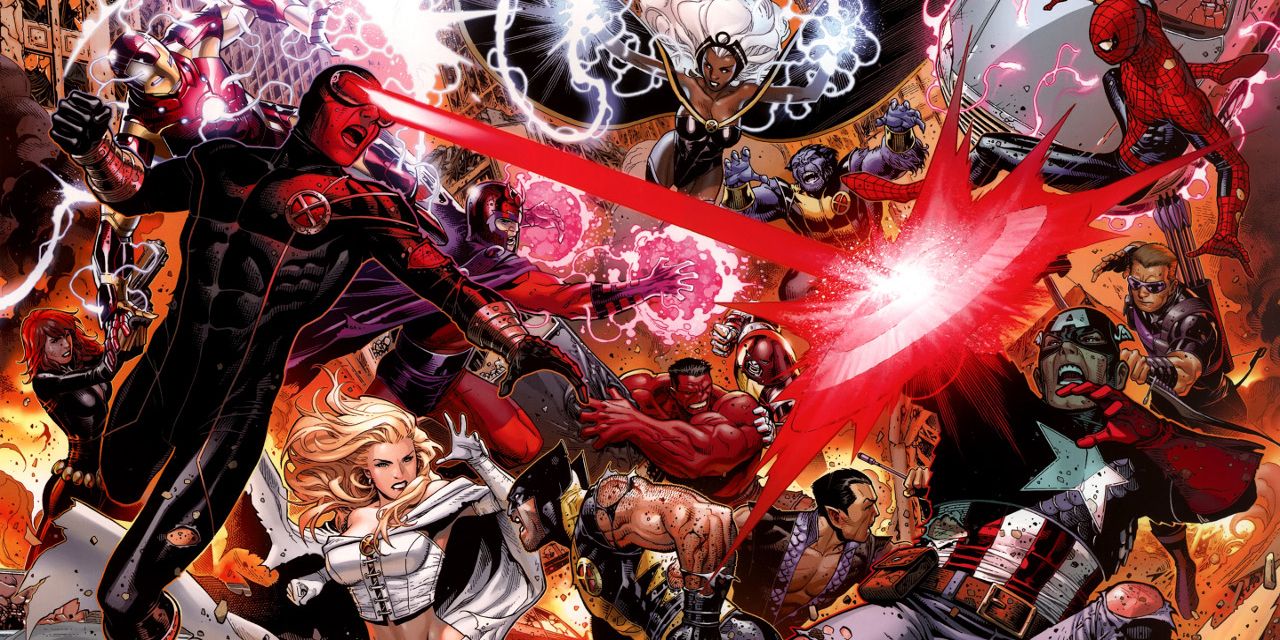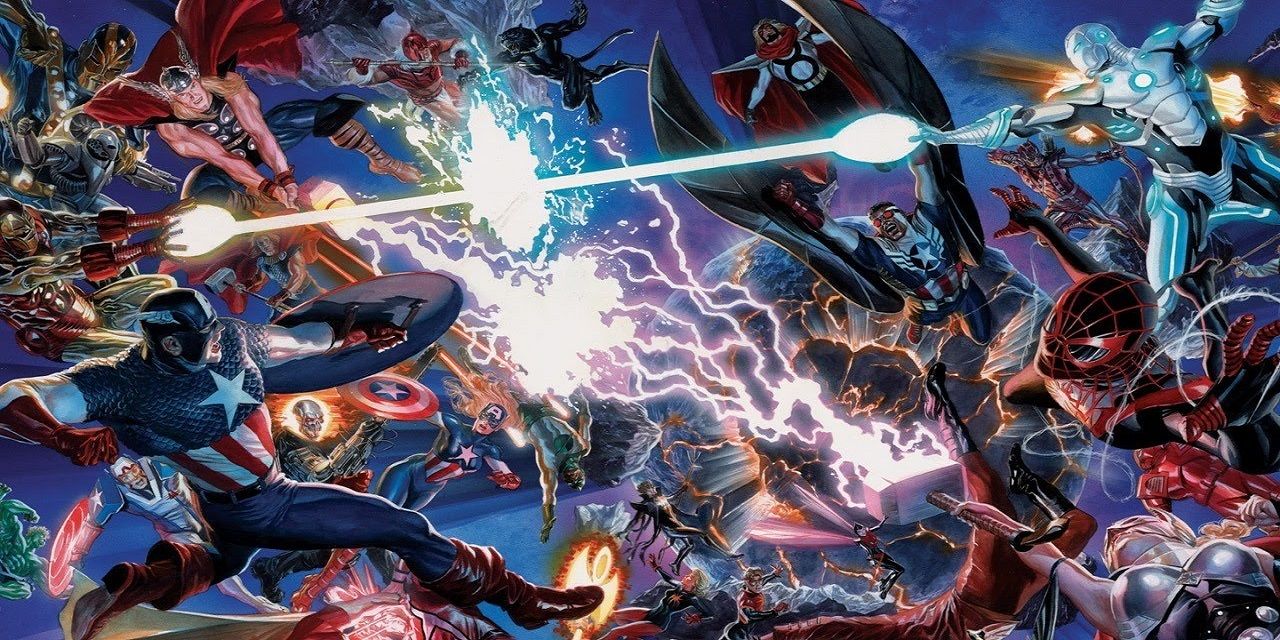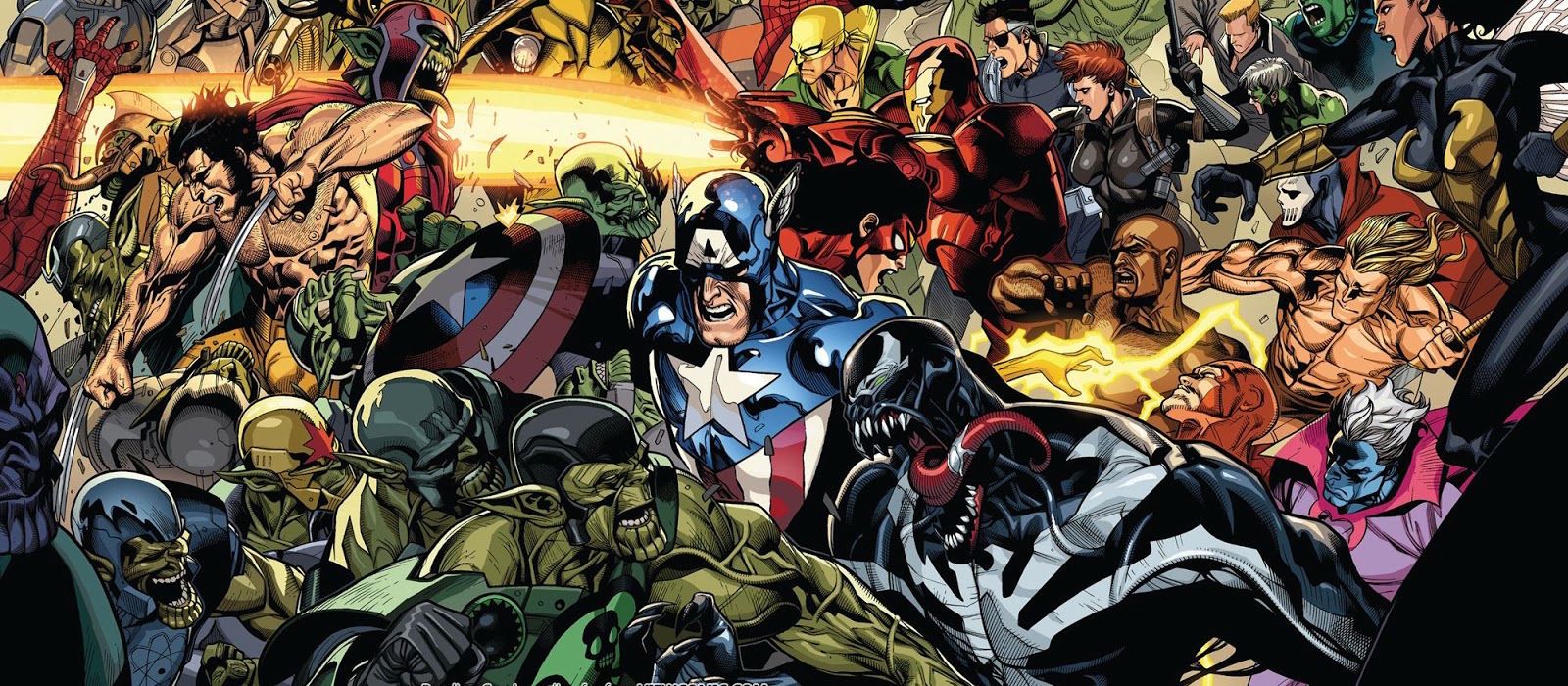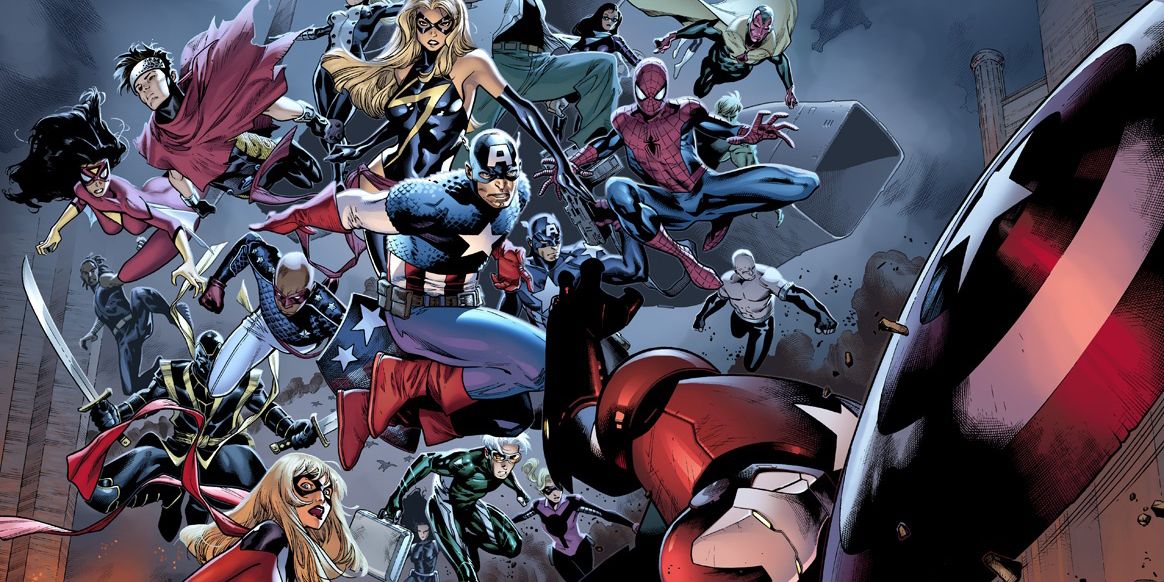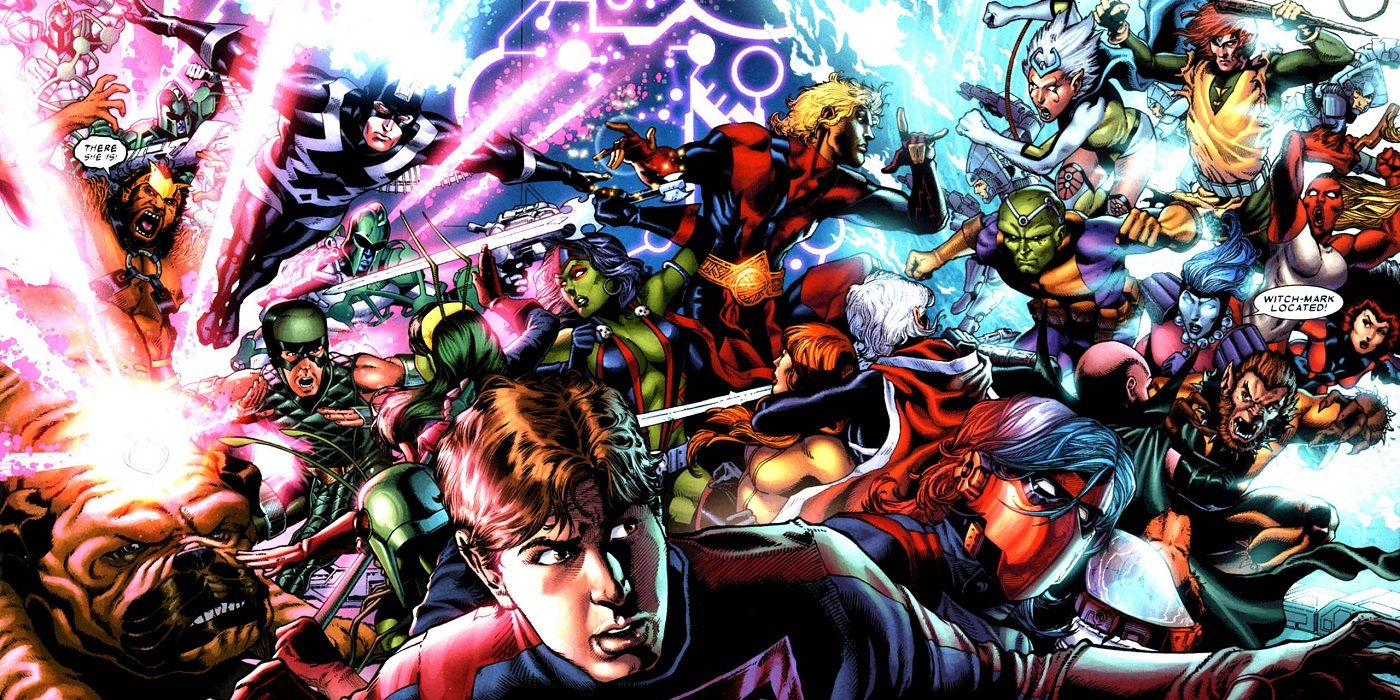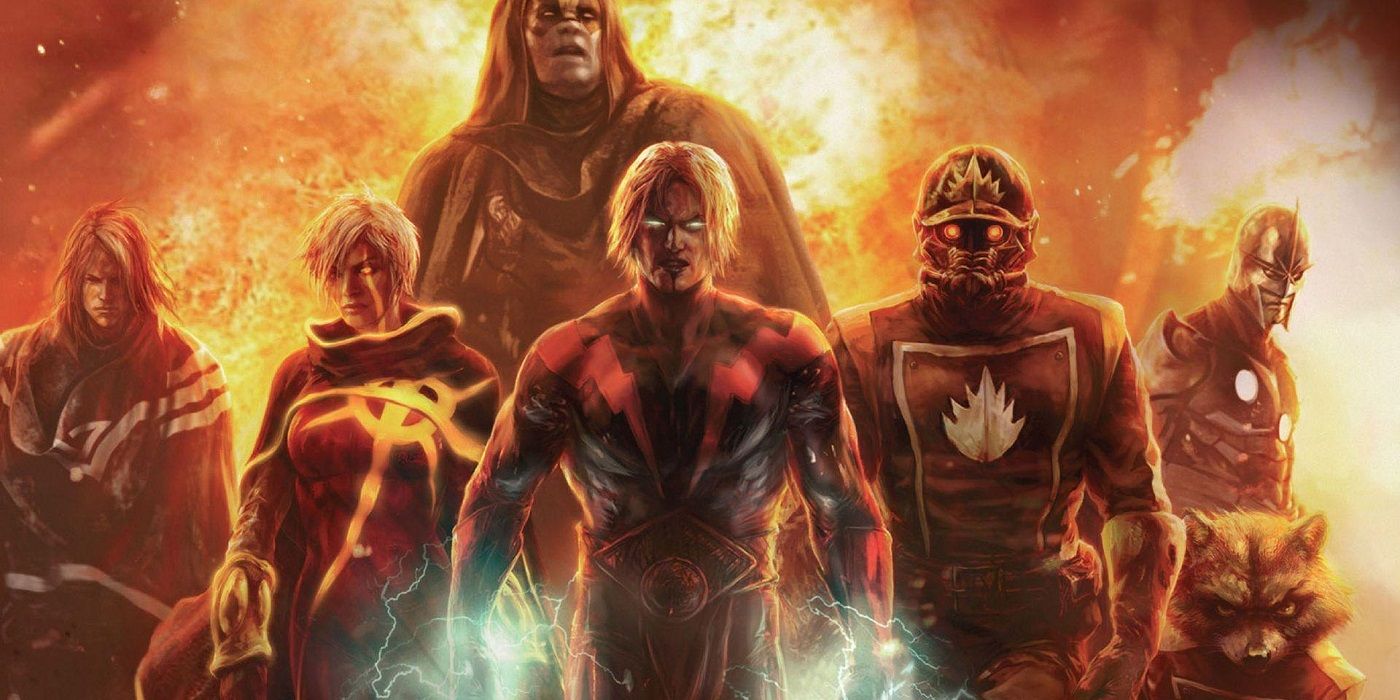Since the late '80s, comic book crossover events have become as sure a thing as death and taxes. At their best, they offer a way for fans to see all their favorite comic book characters team up to defeat the impossible. At their worst, they drag all your favorite books into the abyss of tie-ins, leaving readers forced to either read about an event they don't care about or drop their favorite book. Marvel has proven itself capable of soaring to those lofty heights and sinking to those lows, and as Secret Empire heads towards its conclusion, we're looking back at the most important events Marvel has had in the last decade.
RELATED: 15 Epic Battles That Changed The DCU (Without You Noticing)
For this list, we'll be looking at events that affected the entire Marvel Universe, but we'll also include some of the relevant events that affected Marvel's biggest characters, like Spider-Man or the X-Men. Now, this list only counts series that started in 2007 or ended by 2017, so the original Civil War wouldn't make the cut, nor would Secret Empire. What constitutes "important" includes both the scale/scope of the story as well as the after-effects it left upon the universe, whether it was able to wrap up a major, long-running story in the MU, and of course quality.
20 AGE OF ULTRON
Age of Ultron was the story in which Ultron finally achieved his goal, defeating the Avengers and wiping out most of humanity, while the rest hid in fear from his powerful Ultron Sentinels. But even though it was meant to show off just how dangerous the long-time Avengers villain was, the story barely featured Ultron at all, instead spending most of its time wallowing in the imagery of our favorite heroes immersed in a dystopian landscape.
Half of it even veers off into a completely alternate timeline that has nothing to do with Ultron at all, who wouldn't even appear until the very end of the eight issue mini-series. Failing to deliver on the promise of being the ultimate story featuring the deranged AI, the series also didn't have very much of an impact afterwards -- spawning the excellent but quickly forgotten Avengers A.I. comic and not much else.
19 ORIGINAL SIN
Marvel's big summer event for 2014 was intended to be a murder mystery, where the heroes solved an impossible crime: who killed The Watcher? After Uatu's body is discovered on the moon, some of the biggest heroes in the Marvel Universe gather to track down whomever was responsible for killing him.
This whodunit probably could have used a lot more sleuthing and a lot less punching, as the book felt more like every other run-of-the-mill event instead of a superhero mystery, and ultimately wound up making The Watcher's murder take a backseat to some of the other revelations in the comic. From a quality standpoint, the book left much to be desired, but it did give us Cindy Moon/Silk, and successfully tied Angela's world into the Marvel Universe.
18 AXIS
The fall event for 2014, the big hook for AXIS was its "inversion" angle. Heroes became villains, villains became somewhat heroic after a spell cast by Scarlet Witch and Doctor Strange to stop Red Onslaught (the Red Skull with Professor Xavier's psychic powers) backfired. It worked, swapping Red Skull's personality with Xavier's, but also affected everyone within range as well, inverting the personalities of heroes like Sam Wilson, the X-Men, Tony Stark, and more.
The concept behind AXIS was certainly strong enough, but the problem is it needed more time to breathe than it got. Secret Wars started just five months after this series ended, giving "AXIS" almost no time to breathe and fans zero time to see where Marvel could go with the idea before the few lasting changes this story had were completely undone.
17 SHADOWLANDS
Billed as an event about the “street-level” heroes of the Marvel Universe, Shadowlands was supposed to make characters like Daredevil, Iron Fist, and Luke Cage the stars of the show rather than the Avengers characters fans had gotten used to. On a literal level, Marvel certainly delivered -- all the major heroes stayed on the sidelines while we got to see the street-level characters deal with a major threat.
But anyone envisioning gang wars and gritty crime drama instead wound up with Daredevil attempting to lead his longtime foes the Hand and going rogue after being possessed by a demonic spirit. "Shadowlands" abounded with such heavy elements of mysticism that calling it a street-level event felt like a misnomer, as characters like Dr. Strange or Brother Voodoo would have been just as at home. It did lead to Mark Waid’s delightful run on Daredevil though, so that’s a plus?
16 CIVIL WAR II
Civil War II is one of those indirect tie-ins Marvel will occasionally do for its films, like how Thor faced Malekith before The Dark World. That’s the only way to explain it, because Civil War and its fallout was so devastating it’s hard to imagine the heroes would ever want to go through it again. Still, when the heroes discover an Inhuman with the capability to see the future, that's exactly what happens.
The worst part was it was such an all-encompassing crossover. Whether you were interested in the series or not, Marvel was determined to show your hero “choose sides”, even if the book should’ve had little to nothing to do with the event. And unlike the original, by the end there appear to be almost no consequences to anyone’s actions, aside from Tony Stark being put in a coma for doing the right thing.
15 INHUMANS VS. X-MEN
Meant to address how the Inhumans and mutants were dealing with the Inhumans’ Terrigen Mist supply sterilizing and killing mutants all across the planet, "Inhumans vs. X-Men" saw the mutant heroes go to war once again to defend their own existence...against other heroes? Though it brought an end to the hostilities between the two outcast groups of the MU, the biggest problem with IvX is it shouldn’t have been an event.
Unlike Avengers vs. X-Men, where Cyclops and pals literally risked all life on Earth in the hopes of bringing homo superior back, this was a fight just to decide whether mutants got to live at all. Though most Inhumans didn’t know the truth, the Royal Family -- who had full knowledge of the situation -- just came off looking like cold-blooded villains.
14 SPIDER-MEN
Though Peter Parker/Miles Morales team-ups are common now, when Spider-Men debuted fans couldn’t really say the same. Marvel had promised over and over that the Ultimate Universe and the Earth-616 would never crossover, and for 12 years that was true. And while this series was bereft of the kind of universe-ending threat fans might have predicted would cause the two worlds to collide (that would come later), this first meeting was still huge.
True, there’s not much to this series in terms of scope or importance to the Marvel Universe’s meta-narrative -- the big boss here is Mysterio, after all. But it’s Brian Michael Bendis writing the character and world he’s best with, backed by gorgeous art from Sara Pichelli -- as Spider-Man goes, it rarely gets better than this.
13 WORLD WAR HULK
The follow-up to 2006’s “Planet Hulk”, World War Hulk saw Ol’ Green Jeans return from the exile imposed on him by the Illuminati after his planet was destroyed. Believing the Illuminati was at fault, Hulk went on a rampage, tearing through the Avengers, the X-Men, and nearly every other hero worth mentioning in order to get at the people he believed responsible for killing his wife, Caiera.
If you were a Hulk fan, this event was pretty exciting, as it was kind of like a canon version of one of those [Marvel Hero] kills the Marvel Universe series with the violence toned down. For Marvel fans who didn’t enjoy the Hulk though, it could get tiresome watching some character you didn’t like rip all your favorites a new one.
12 MESSIAH COMPLEX
“No More Mutants”. With just those three words, the Scarlet Witch turned the world of the X-Men upside down. For months, Marvel’s Merry Band of Mutants went from feared and hated to fighting extinction from nature itself, as their numbers dwindled from millions to not even a thousand, with mutants not only being de-powered, but new mutant births being stopped as well.
All hope seemed lost…until Messiah CompleX, which showed the first new mutant since the Scarlet Witch’s declaration, and the battle for her life. One of the biggest X-Stories ever, Messiah CompleX would set the stage for the new status quo of the X-Men for nearly the entire next decade, from Cyclops becoming more a more militant commander to Xavier being pushed into the background as the X-Men began to fight for mutantkind’s very survival.
11 SPIDER-VERSE
For an event focused entirely on a single hero in the Marvel Universe, "Spider-Verse" is still impressive in its scope. When Spider-Man villain Morlun and his family The Inheritors start making meals out of the life-forces of Spider-Folk across the multiverse, Peter is forced to team up with Spider-Men and Spider-Women to avoid certain death.
Despite having worked on the character for the better part of a decade by this point, Dan Slott proved that he still had plenty of great Spider-Man stories left in the tank here. Though it could have easily gotten repetitive or boring seeing different versions of the same character interact, Slott found the perfect combination of “Web Warriors” to create a team of Spiders heroic enough to handle this massive threat he was throwing at them, giving Spider-Man fans an amazing (ahem) cosmic story starring their favorite wall-crawler.
10 SCHISM
Much like Messiah CompleX, Schism was an X-Story that would define the world of the X-Men for years to come. While stories like Messiah CompleX and "Utopia" saw the team unite in the face of certain extinction, the events of Schism forced the team to split apart, as the X-Men’s two ace members Cyclops and Wolverine found themselves unable to see eye-to-eye on how to handle threats to their race.
This was the beginning of the “Cyclops is really evil” meta-storyline that would continue for the next several years at Marvel. Coming out of Schism, Wolverine would go on to become a headmaster, ensuring mutant kids had a safe place to be educated about the world and their powers, while Cyclops would be cast in a more militaristic, revolutionary light as he and many other mutants would remain on Utopia, apart from humanity.
9 SPIDER-ISLAND
When all of New York is imbued with Spider-Man’s powers by the villainous Spider-Queen, only the original Spider-Man is able to lead all the other heroes in New York to victory before the Spider-Queen makes man-spider slaves out of the entire city. Certainly, by no means is "Spider-Island" the first major event that’s centered around Spider-Man, but it’s definitely the first one where Peter is shown to come into his own like this -- playing the leading role in an event that also stars the Fantastic Four and the Avengers.
Up to this point in Dan Slott’s run everything had been all about showing the wall-crawler living up to his potential in his life as Peter Parker, but "Spider-Island" showed that he was just as capable a hero in both personas, saving New York and the world from certain doom.
8 DEATH OF WOLVERINE
After Marvel finally took away Logan's healing factor, it was only a matter of time until someone found a way to put The Wolverine down for good. Fortunately, Charles Soule and Steve McNiven ushered the character out in style, with a gorgeously drawn mini-series that utilized widescreen storytelling to great effect, giving him the movie-like exit such a legendary character deserved.
Soule delved deep into Wolverine's origins, filling the four-parter with touchstones to all of his most important periods and the characters most important to his life (good and evil) before finally allowing Logan to have a heroic ending. And while at this very moment there's a version of Wolverine running around in the X-comics, it can't be understated that that's not Marvel Prime's Wolverine; that guy's still dead, encased in the very adamantium that helped him into an unstoppable force for decades.
7 INFINITY
The mid-way point of Jonathan Hickman’s Avengers epic, "Infinity" placed Earth’s Mightiest Mortals in space to battle the Builders, a threat bent on wiping out all life in the universe, while the rest of Earth’s heroes were tasked with trying to hold off Thanos and his Black Order. Infinity balanced the high-concept story of a universe at war with its creators with the much more common idea of the Earth being under attack.
Featuring some jaw-dropping art from Jim Cheung, Jerome Opena and Dustin Weaver, as well as beautifully poetic narration from Hickman, "Infinity" is arguably better than Secret Wars, it just can’t quite match the Secret Wars’ scale and repercussions. Still, "Infinity" did start the new era of the Inhumans after their leader Black Bolt is forced to release the Terrigen Mists throughout the Earth in a last-ditch rebellion against the whims of the dark tyrant Thanos.
6 AVENGERS VS. X-MEN
Continuing the long-form story of “Cyclops is really evil” that began during Schism, Avengers vs. X-Men brought the worlds of Marvel’s two biggest properties together in a massive clash. After the Avengers discover the Phoenix is returning to Earth, they wind up clashing with the X-Men in order to take custody of the girl most likely to be its new host, Hope Summers.
Though AvX may have left something to be desired in terms of plot, as a major event series it delivered on several levels. Every major hero was pulled into the main mini-series, the stakes were properly huge, the battles were epic, and the consequences long-lasting. It also helps that the ending also ushered in one of Marvel’s best eras in “Marvel NOW”.
5 SECRET WARS
The end-point of Jonathan Hickman’s massive, two-year Avengers story, the build-up to Secret Wars alone is leagues better than most comic book events from any era, let alone the last ten years. For months we watched the brightest minds of the Marvel Universe scramble to solve the ultimate problem: the inexplicable, unstoppable destruction of all universes in existence. And Secret Wars showed us what happened once they failed.
Built off an awesome concept, what holds Secret Wars back from ranking higher is that while the scale and the backbone of the story are strong, there’s not enough to the actual event itself. After a bombastic opening where literally everything dies, too much of the rest of the event is spent explaining how the series’ new setting, the strange “Battleworld” works, instead of being about how the good guys were going to defeat someone with complete control over reality itself.
4 SECRET INVASION
"Who Do You Trust?" A powerful tagline that represented the state of the Marvel Universe after a shocking discovery -- the shape-shifting Skrulls had invaded the Earth, and were preparing it to become the new Skrull homeworld. What made Secret Invasion such a fascinating read was that fans were just as in the dark on who was and wasn’t a Skrull as the heroes themselves, leaving them in shock as the reveals happened.
The ending was powerful too, with Norman Osborn taking advantage of the chaos the Skrulls had caused to position himself as the leader of SHIELD going forward, eventually changing it into HAMMER and replacing Tony Stark by becoming the Iron Patriot. This created the “Dark Reign” era, where heroes were forced to answer to one of Marvel’s greatest villains, or become outlaws from the U.S. government.
3 SIEGE
A story that saw the end of Norman Osborn’s “dark reign” over the Marvel Universe, Siege would see Captain America, Iron Man, and Thor re-unite in order to stop Osborn and Sentry from conquering Asgard, which at the time floated above Broxton, Oklahoma. Siege was the capstone to five years worth of heroes being set at odds with one another, mistrusting one another, and essentially allowing the villains to “win” mostly by being too busy fighting one another.
It felt like they were finally turning the corner from Civil War and all of the massive repercussions that came from that story, and represented a tonal change in the way Marvel events went down, finally allowing the good guys to win without the losses being greater than the victory.
2 WAR OF KINGS
The third event in the Marvel Cosmic series, War of Kings added a hint of regalness to all the bloodshed, by introducing the Inhuman Royal Family to all these space opera shenanigans. Up to this point, everything had been gritty war drama playing out in the cold depths of space, but War of Kings represented a bit of a sea change -- suddenly there were political assassinations and intrigue alongside all the normal bloodshed.
What makes this story so crucial though is it’s the first time the Inhumans would be invited to play on the main stage. Though we’re used to them now through their own solo comics and events like "Inhumanity" and "Inhumans vs. X-Men", this is where the Inhumans truly went from “that weird group that interacts with the Fantastic Four” to a noteworthy franchise of their own.
1 ANNIHILATION: CONQUEST
Annihilation: Conquest is the standard to which all Marvel events should be held. On top of the story being rock-solid, it had the scale a crossover event needs, but without needlessly dragging in comic series and characters that had no business being involved, and it had a threat worthy of gathering a group of heroes to defeat in Ultron and the mind-controlling technorganic race the Phalanx.
But just as important is what the series accomplished outside the Marvel U. By the time Dan Abnett and Andy Lanning were done with the cosmic side of Marvel, they had taken a bunch of unknowns like Star-Lord and Nova and made them distinct enough as their own characters for Marvel to feature in their cartoons and video games, and eventually making them the stars of a blockbuster film franchise, a kind of elevation of characters that hadn’t been seen in over ten years.
Did we miss anything? Feel free to let us know what event we should have left out (or put in) in the comments!

